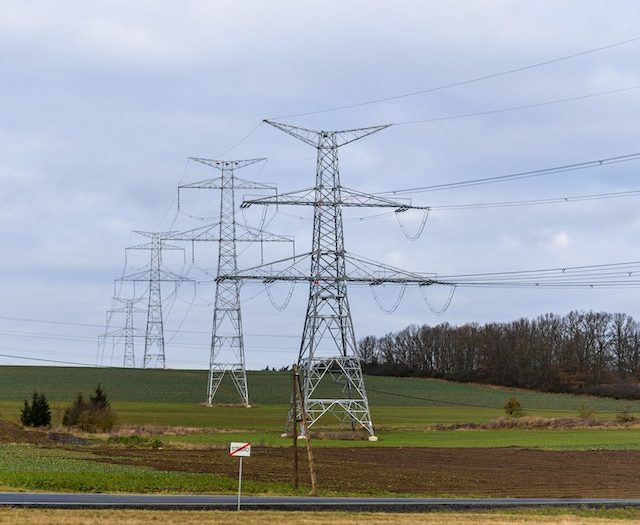Introduction
In a world increasingly concerned about the environmental impact of fossil fuels and the rising cost of electricity, the idea of free electricity may seem like a dream come true. While electricity itself is never truly free, there are sustainable methods to harness it without relying on traditional power sources. In this blog, we’ll explore various ways to obtain electricity at little to no cost while minimizing your carbon footprint.
- Solar Power: The Sun’s Gift
Solar power is one of the most popular and accessible ways to obtain free electricity. With the sun as your energy source, you can significantly reduce your reliance on grid electricity. Here’s how it works:
- Solar Panels: Install solar panels on your roof or property to convert sunlight into electricity through photovoltaic cells.
- Net Metering: Excess energy can be sold back to the grid, earning you credits or reducing your utility bill.
- Low Maintenance: Solar panels require minimal maintenance and can last for 25 years or more.
- Wind Energy: Harnessing the Breeze
Harnessing the power of the wind is another viable method for generating free electricity. Wind turbines, often associated with large wind farms, can also be used on a smaller scale:
- Residential Wind Turbines: Install a small wind turbine on your property to capture wind energy and convert it into electricity.
- Wind Maps: Research wind maps to determine the suitability of your location for wind energy generation.
- Energy Storage: Combine wind energy with batteries to store excess electricity for use during calm days.
- Hydroelectric Power: Flowing Wealth
If you have access to a flowing water source on your property, you can tap into the energy of water to generate free electricity:
- Micro-Hydro Systems: Install micro-hydro turbines in streams or rivers on your land to harness the kinetic energy of moving water.
- Environmental Impact: Hydroelectric power has a minimal environmental impact when properly designed and managed.
- Permitting and Regulations: Be aware of local regulations and permitting requirements for water-based energy systems.
- Geothermal Energy: Earth’s Natural Heat
Geothermal energy taps into the Earth’s natural heat to produce electricity and heating:
- Ground Source Heat Pumps: Install geothermal heat pumps to heat and cool your home while using less electricity.
- Geothermal Power Plants: In regions with high geothermal activity, power plants can directly produce electricity from underground heat sources.
- Renewable and Reliable: Geothermal energy is available 24/7 and produces minimal greenhouse gas emissions.
- Energy Efficiency: The First Step
Before exploring renewable energy sources, it’s essential to make your home or business as energy-efficient as possible:
- Insulation and Sealing: Properly insulate your property and seal any gaps to reduce energy loss.
- Energy-Efficient Appliances: Replace old appliances with energy-efficient models.
- LED Lighting: Switch to LED lighting, which consumes significantly less electricity and lasts longer.
